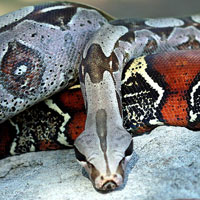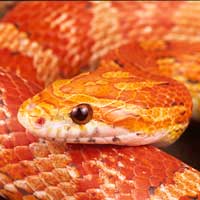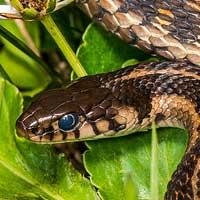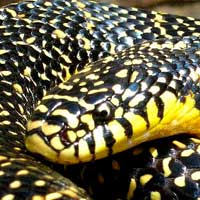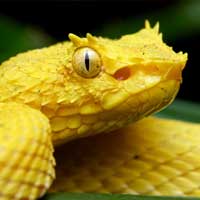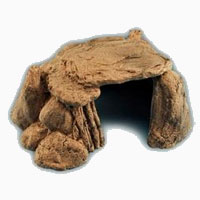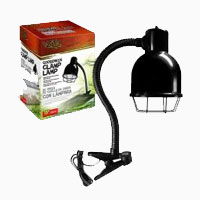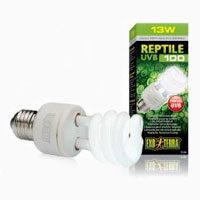Ringed Python
Scientific Name: Bothrochilus Boa
Share this Post
The stunning ringed python, Bothrochilus boa is a common snake in New Guinea. Currently, there is no recognizable subspecies. Rarely do they exceed a length of six feet and their average length lies between four and five feet. Their body pattern varies from one species to another. Usually, they have a very bright orange hue, which is almost fluorescent. The black bands create an interesting contrast, giving it its magnificence, though this decreases with age. This is when the orange gradually fades to brown. The ringed pythons have spectacular shimmering scales. An additional important characteristic is that they possess a light spot directly behind the ear. They feed on small mammals while hatchlings feed on juvenile rodents and lizards.
Ringed Pythons Are Beautiful Creatures
Facts About Ringed Pythons
Geographic Location
This monotypic genus of snake inhabits the northeastern part of Papua New Guinea as well as the Bismarck Archipelago. Additional, they inhabit areas like New Ireland, Umboi, New Britain, New Hanover Islands and Nissan Island.
Habitat
They love grassy, forested regions or cultivated areas. They also live in piles of coconut husks.
Behavior
These non-venomous reptiles are quite aggressive and are avid feeders. They are also nocturnal and fossorial, meaning that they are adapted to burrowing and underground life.
Reproduction
The ringed python is oviparous, laying up to a dozen eggs. Mostly, the female takes care of the eggs until they hatch.
Captivity
The ringed python naturally demands a spacious enclosure. Breeding them is very easy, though beginners should avoid handling them. They readily bite but with proper handling, they grow into calm adults. As they like climbing, the provision of a tree with several branches or climbing apparatus would be prudent. Nevertheless, due to their adept climbing abilities, the enclosure must be escape proof. A humidity level of 80% and an ambient temperature level of 80?F provide ideal conditions. Small lizards, which they savor, should be in constant supply.
